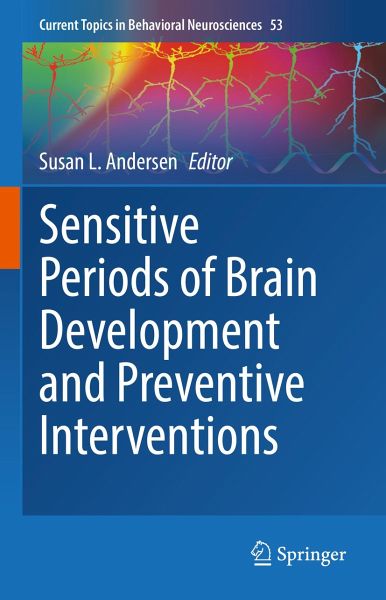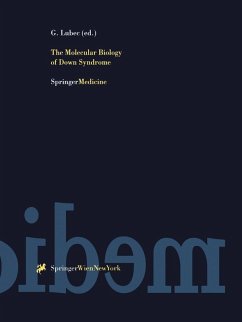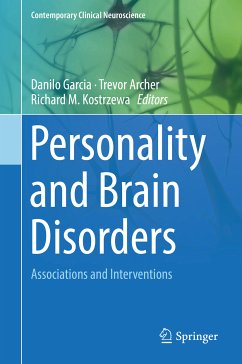
Sensitive Periods of Brain Development and Preventive Interventions (eBook, PDF)
Versandkostenfrei!
Sofort per Download lieferbar
Statt: 192,59 €**
136,95 €
inkl. MwSt.
**Preis der gedruckten Ausgabe (Gebundenes Buch)
Alle Infos zum eBook verschenkenWeitere Ausgaben:

PAYBACK Punkte
68 °P sammeln!
Sensitive periods occur when unique experiences permanently influence brain development either by their presence or absence. This volume covers underlying brain systems and behaviors that are sculpted by the environment in humans and animals in a search for commonalities. The mechanisms involved, the importance of timing in the process, and factors that can change the brain are discussed in this exciting book. Different chapters examine how experience guides the development of cells, circuits, and function using vision, cortical circuits, and cognition as frameworks. Scientific evidence for ef...
Sensitive periods occur when unique experiences permanently influence brain development either by their presence or absence. This volume covers underlying brain systems and behaviors that are sculpted by the environment in humans and animals in a search for commonalities. The mechanisms involved, the importance of timing in the process, and factors that can change the brain are discussed in this exciting book. Different chapters examine how experience guides the development of cells, circuits, and function using vision, cortical circuits, and cognition as frameworks. Scientific evidence for effective preventative intervention approaches, including diet, exercise, and music, are included to find ways to maximize child and adolescent development. The adverse effects of early brain injury are also included. As sensitive periods are gaining importance in their application in the real-world, novel statistical approaches for human studies are presented and the importance of sensitive periodsare covered by examining the juvenile justice system. The book has interdisciplinary appeal and scholars with an interest in brain resiliency or vulnerability will find it of particular interest.
Dieser Download kann aus rechtlichen Gründen nur mit Rechnungsadresse in A, B, BG, CY, CZ, D, DK, EW, E, FIN, F, GR, HR, H, IRL, I, LT, L, LR, M, NL, PL, P, R, S, SLO, SK ausgeliefert werden.












